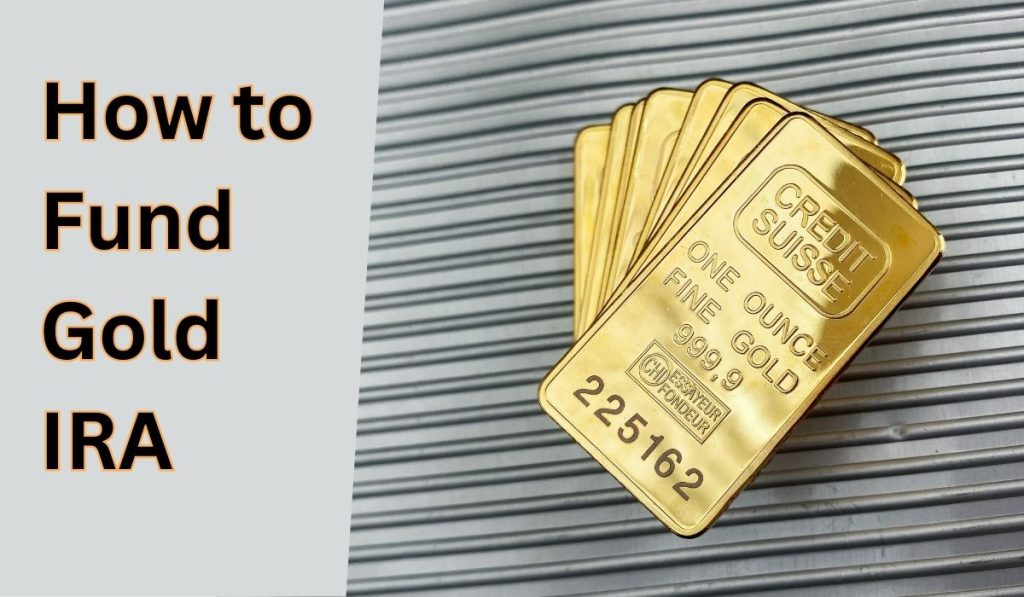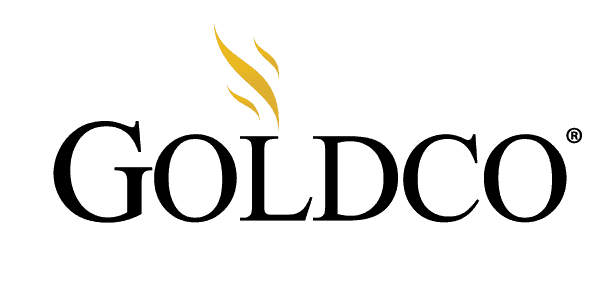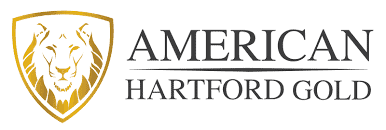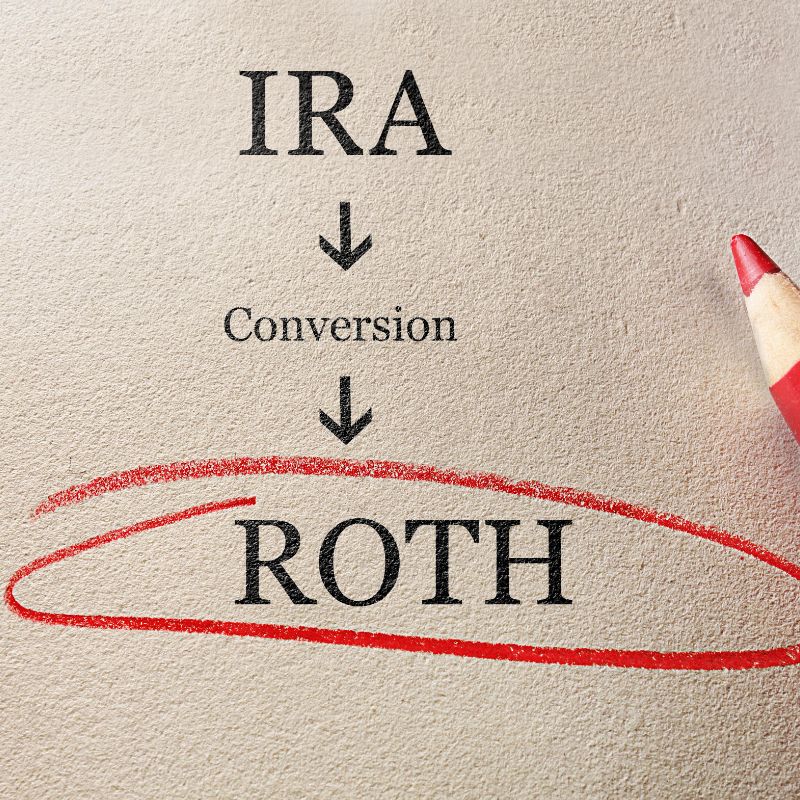
Gold IRAs are self-directed IRAs that allow you to invest in gold and other precious metals, such as silver, platinum, and palladium. These retirement accounts have several benefits that make them a great option for certain types of investors.
If you’re unsure whether you should open a gold IRA account or want to know how to fund a gold IRA, you’ve come to the right place.
In this article, we will explore the benefits of IRAs, the factors you should consider before setting up an account, and how you can start purchasing precious metals with them.
Let’s get started!
What Should You Consider Before Opening a Gold IRA?
Before opening a gold IRA, there are a few things you should consider, such as the following:
Type of Account
There are two main types of retirement accounts you can open: a traditional gold IRA and a Roth gold IRA. The key difference between the two is the tax implication when transferring funds.
In a Roth gold IRA, you pay your taxes before making contributions. This way, you can enjoy tax-free withdrawals after the age of 59½.
On the other hand, a traditional gold individual retirement account allows you to make pre-tax contributions, which means that your withdrawals will be taxed accordingly.
Contribution Limits
You cannot contribute as much as you like to your gold IRA, as there are contribution limits set by the Internal Revenue Service (IRS). It can vary depending on the individual’s age.
The contribution limits for 2023 are fixed at:
- $6,500 for individuals younger than 50 years of age; and
- $7,500 for individuals aged 50 years and older.
Storing Your Gold
One of the major requirements of a gold IRA is that you will have to store the physical precious metals with an IRS-approved depository. Failure to do so can result in penalties, fines, and even an audit of your account.
There are many gold IRA companies in the United States that advertise “self-storage” IRAs, which allow individuals to store physical precious metals in their own homes. Although there are legal loopholes that these businesses exploit, it is important to note that it could potentially get you in trouble with the IRS.
Fees
There are fees that you must pay when setting up a gold IRA, and these may vary from one custodian to another. Typically, gold IRA companies charge their account holders a set-up fee, a storage fee, and in most cases, a management fee.
Before opening a gold IRA, make sure you discuss the fee structure with the custodian to help you make an informed decision.
How to Fund Gold IRA Investments: Three Easy Ways to Start Purchasing Precious Metals
When you open a gold IRA, you need to fund the account before you can invest in precious metals. There are three ways to go about it, which are as follows:
Gold IRA Transfer
One of the easiest and most convenient ways to fund your new precious metals IRA is through a gold IRA transfer. Your current IRA administrator can transfer the funds from your existing retirement account to the new one on your behalf. You may need to fill out a form to initiate the process.
A gold IRA transfer is an account-to-account funds transfer that does not require government reporting. It can take up to five days, and you can initiate it multiple times without facing any tax penalties.
There are four types of accounts eligible for a gold IRA transfer, including the following:
Traditional IRA
A traditional IRA is a retirement account where an individual deposits a portion of their pre-tax income as an investment that can grow tax-deferred. There is a limit to how much you can contribute each year, which is typically published by the IRS.
The contribution limit for traditional IRAs in 2023 is $6,500 if you’re younger than 50 and $7,500 if you’re 50 or older.
Roth IRA
A Roth IRA is a special type of individual retirement account in which individuals can contribute after-tax dollars as an investment that grows tax-free.
Since you’re already paying taxes on the amount you’re contributing, you can make withdrawals without any tax implications after the age of 59½.
SEP IRA
Also referred to as a Simplified Employee Pension Plan, a SEP IRA requires an employer to contribute a certain percentage of the employee’s income to the retirement account. It is a way for businesses to provide retirement benefits to their employees.
According to the IRS website, the contribution limit for 2023 cannot exceed the lesser of:
- 25% of the employee’s compensation; or
- $66,000.
SIMPLE IRA
A SIMPLE IRA, also referred to as a Savings Incentive Match Plan for Employees, is an employer-sponsored account for the employee, where both the employer and the employee make contributions each year.
When an employee makes a contribution, the employer must either match that contribution (up to 3% of compensation) or make a non-elective contribution of 2% of the employee’s paycheck.
Gold IRA Rollover
There are two types of gold IRA rollovers, and they are as follows:
Direct Gold IRA Rollover
If you want to move funds from your existing IRA to the new precious metals retirement account, you can opt for a direct gold IRA rollover. This involves the current IRA custodian transferring the money directly on your behalf without any tax implications.
Indirect Gold IRA Rollover
Unlike a direct gold IRA rollover, where the existing IRA custodian transfers the funds on your behalf, the indirect gold IRA rollover works slightly differently.
The investor withdraws the required amount of money from the existing IRA and deposits it into their new account. It is a tax-free transaction as long as you complete the process within 60 days.
What makes this unique compared to the direct gold IRA rollover is that you obtain physical cash and act as the administrator.
There are six types of retirement accounts eligible for a gold IRA rollover, including the following:
- 401(k): Also referred to as a tax-advantaged retirement account, a 401(k) allows both employers and employees to contribute. The difference between this type of account and a SIMPLE IRA is that the latter is for smaller businesses and has a lower contribution limit. You can make pre-tax or post-tax contributions, depending on the plans offered.
- TSP: A TSP, or Thrift Savings Plan, allows employees and employers to contribute to the retirement account, similar to a 401(k). However, it is only available for federal government employees and uniformed service members.
- 457(B): A 457(B) is similar to a traditional IRA, allowing employees of state and local government and non-profit organizations to defer income taxation on retirement savings into the future. You must make pre-tax income contributions each year, which would enable you to withdraw funds tax-free when you are older than 59 ½.
- 403(B): A 403(B) is similar to a 401(k), where both the employee and employer make contributions. However, these types of retirement accounts are only available for certain employees of public schools and other tax-exempt organizations.
- Pension plan: A pension plan works slightly differently than other retirement accounts. It involves the employer making regular contributions to a pool of funds set aside as retirement benefits for retiring employees.
- Tax-sheltered annuities: This type of account is similar to a 403(B) plan, where employees and employers of certain organizations can make contributions.
Gold IRA Cash Contribution
If you don’t want to touch the funds in your existing account but still want to fund your new precious metals IRA, you may want to consider making cash contributions in the form of physical cash, a check, or a wire transfer.
Keep in mind that there may be fees charged by your bank if you choose this option, so be sure to double-check with them.
What Are the Advantages of Opening a Gold IRA?
There are several advantages to opening a gold IRA, including the following:
- Unlike the prices of stocks and bonds, which can drop to zero, gold prices can never fall to zero.
- Investors prefer gold investments, as it serves as a great hedge against inflation and uncertain economic times.
- A gold IRA also offers the tax advantages associated with an ordinary individual retirement account. This means that investors can grow their investments tax-free until they retire.
What Are the Drawbacks of Opening a Gold IRA?
Just like any other investment, opening a gold IRA has its drawbacks, some of which include the following:
- Gold IRAs have higher maintenance fees than traditional IRAs.
- In addition to set-up and maintenance fees, investors must also pay storage fees to store their precious metals with an approved depository.
- Compared to many other financial assets, gold in an IRA is illiquid, meaning it can take time to sell your precious metals without discounting the price.
Why Should You Open a Gold IRA?
There are many reasons to open a gold IRA, some of which include the following:
- Investing in physical gold and other precious metals: When you open a gold IRA, you can invest in physical gold and other precious metals, unlike ordinary IRAs, where you have to buy paper assets like stocks and bonds.
- Diversifying your retirement portfolio: If your retirement portfolio only consists of stocks, mutual funds, and ETFs, you’re placing all your eggs in one basket. By diversifying in gold, you can cushion the blow from an uncertain economy or poor stock market performance.
- Hedging against inflation: A self-directed gold IRA is a great way to invest in gold and other precious metals to hedge against inflation. It can help retain or even increase the value of your retirement portfolio during an inflationary period.
How to Select a Gold IRA Custodian That Is Right for You
Before opening a gold IRA account, it’s important to do your research into different IRA companies. Review their fee structure, check previous client reviews to assess their customer service, and discuss your queries and concerns with them before shortlisting.
In some cases, a gold IRA custodian may also be a precious metals dealer, selling IRS-eligible products to their clients. This can be convenient as you’ll be the one making the purchases rather than relying solely on the custodian.
Investing in alternative assets like gold, silver, platinum, and palladium is a significant financial decision. Take the time to explore your needs and find a gold IRA company that best suits your requirements.
Final Thoughts – Should You Fund a Gold IRA?
Most financial experts recommend allocating up to 10% of a retirement portfolio to precious metals for diversification. A gold IRA is a self-directed IRA that allows you to invest in gold, silver, platinum, and palladium.
If you’re looking for a long-term, hands-off investment with potential tax benefits, a gold IRA is a good option to consider. It lets you transfer your existing IRA funds into the new precious metals retirement account without any hassle.
However, if you prefer more flexibility and want to hold tangible assets physically, you may want to consider investing in physical gold.




